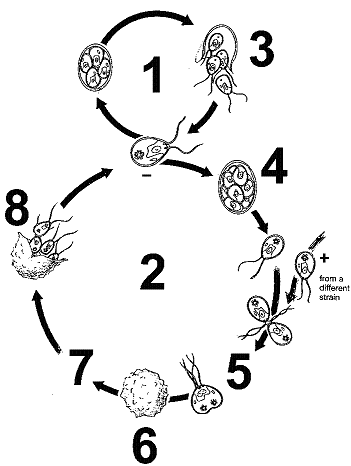Most of the carbon dioxide produced by the body is transported to the lungs as ____
a. a gaseous form
b. blood plasma
c. potassium carbonate ions
d. bicarbonate ions
e. carbonic acid
d
You might also like to view...
Connor decides to celebrate his 21st birthday by drinking a few beers at a local sports bar. After a while, Connor notices that he is making many more trips to the men’s room than the week before, when he drank similar amounts of carbonated water. Why is that?
A. Alcohol stimulates secretion of ions into the nephron and water follows by osmosis. B. Alcohol stimulates filtration of the blood plasma by the glomeruli. C. Alcohol inhibits the secretion of ADH by the posterior pituitary gland, thereby decreasing water reabsorption. D. Alcohol inhibits reabsorption of sugars, amino acids and other small metabolites, which decreases reabsorption of water. E. Alcohol stimulates the insertion of aquaporins into the plasma membranes of cells that line the collecting ducts, thereby decreasing water reabsorption. Clarify Question What is the key concept addressed by the question? What type of thinking is required? Gather Content What do you already know about the production of urine? What other information is related to the question? Choose Answer Given what you now know, what information is most likely to produce the correct answer? Reflect on Process Did your problem-solving process lead you to the correct answer? If not, where did the process break down or lead you astray? How can you revise your approach to produce a more desirable result?
Which nucleotide is only found in RNA?
a. adenine b. thymine c. adenine d. guanine e. uracil
Refer to the accompanying figure. Which protist group’s life cycle is demonstrated in this figure?

a. red algae
b. green algae
c. brown algae
d. dinoflagellates
e. foraminiferans
All of the following are true of all living organisms EXCEPT that they
A) possess either DNA or RNA. B) respond to stimuli. C) can grow. D) are made of cells. E) can reproduce themselves.